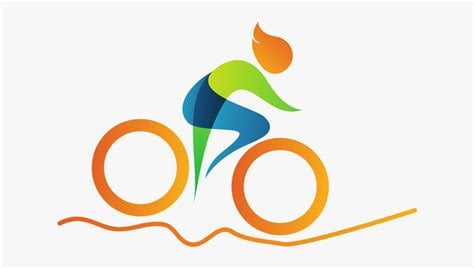Yes I think that mapping the inclines would be the way to go here. Typically maps have some elevation data from other sources but this should be more precise.
OK, I’ve added the “incline” tag on the small street (I had to split several paths to do so, because they had been drawn as parts of other roads/streets).
Brouter is also super flexible!
I see. That’s very interesting.
You can set the downhill and uphill costs in the profile tab. Increasing them to 90 made it prefer the bigger road in both directions in your example.
Wait, by default they have a penalty on downhill, but not on uphill??? What the… I see 60 for “downhillcost”, and 0 for “uphillcost” for most predefined bike profiles… Do you see the same?




It doesn’t make sense in practice, because one doesn’t ‘waste’ energy in a descent. One can ride it down with 0 Watt. Nobody ever avoided a route because there was a downhill on the way :-)
The problem is going up. And the steeper the uphill is, the worst the problem is.
In the example I had taken, if I take the 12% road, I need to take a rest on top of the section (in the best case, otherwise I may even need another break in the middle). And I am pretty dead after the common section, and I carry that in following sections again (recovery is not my strong point :-)). If I take the 8% road, I can ride it in one go, then I may or may not struggle in the following sections because I am a bit burnt. If there was an hypothetical twice-as-long road at 4%, I would start the following sections as fresh as a daisy.
Note that going up can be decorrelated from going down. I absolutely don’t care about which kind of gradient is exhibited by the descent that might come after.
In their logic, they also forget that even with a nice, flattish descent that they wouldn’t penalise, it is always both faster and easier on the legs to ride around the hill than climbing up and down through a pass, even though the detour is a bit longer. Because the climb is what kills it all, it rarely works as an investment as they call it; it rather hurts your legs and diminishes your abilities for the rest of the route.
Yeah, and I don’t think that’s the right metrics in most cases :-)
Personally, if we set aside true winds, the only situation in which I sometimes care about wind drag is over long downhill false-flat sections (and only when I am in a shape, for that’s the only combination where the speed can have an impact on me). This situation is specifically the one case that they don’t penalise…
Anyway, as you said, that piece of software is highly configurable, so one can configure it as one likes when one disagrees with their logic.
Edit : would you happen to know which Brouter parameter should be set/tweaked to avoid/limit the occurrence of U-turns? By “U-turn”, I mean that when I set an intermediate waypoint, my intention is generally to go through it and then keep going on the same road or general direction, not turn back and come back the way I came.
See Example . You see how I engaged my intermediate waypoint on the D32 and D17, but the router goes to the waypoint, and then comes all the way backwards to take the D618.
Of course, in practice, I can move the waypoint or add new ones, that’s how I always did so far with other, non configurable, routers. It’s not a big deal.